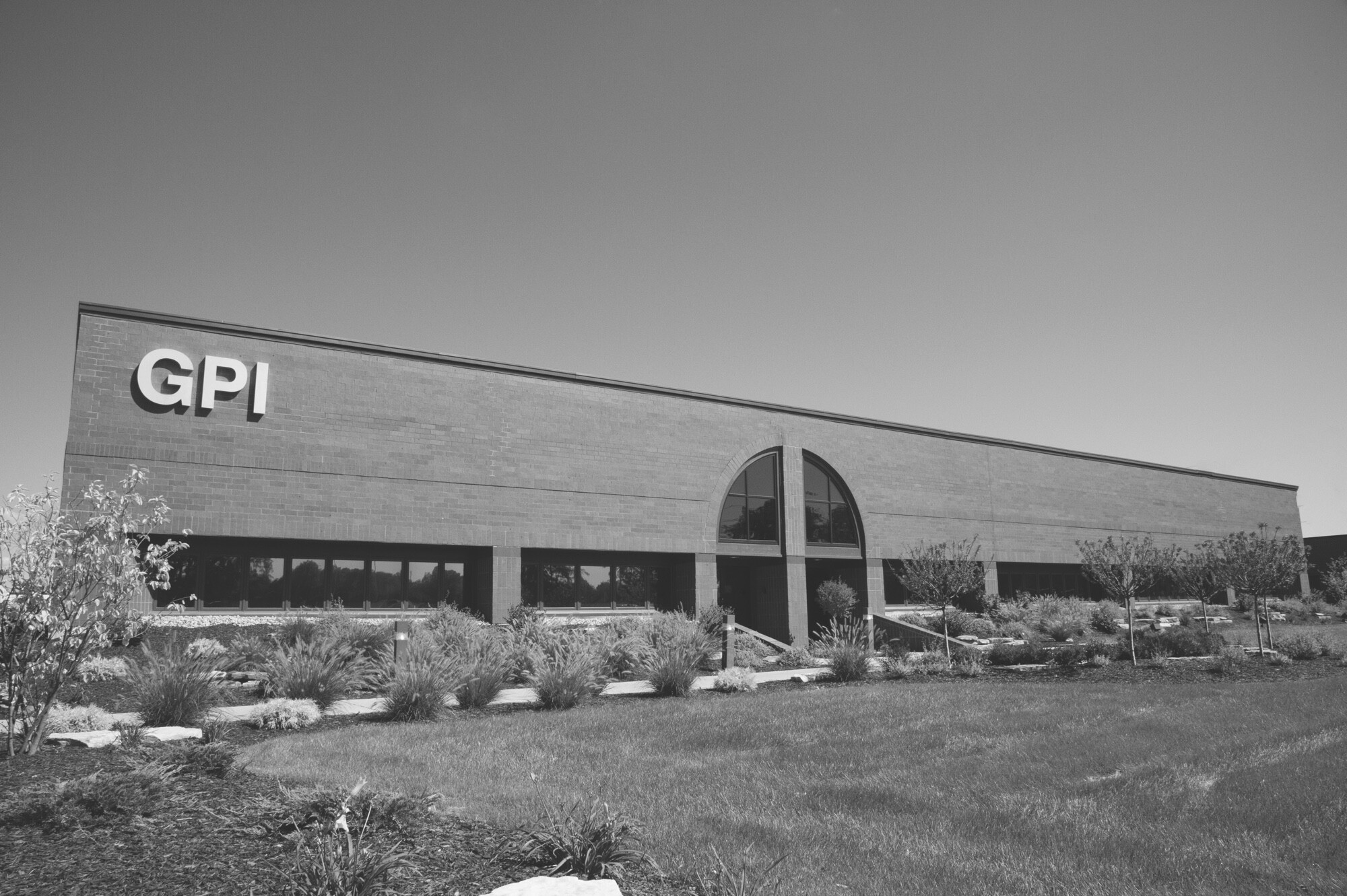Studies indicate that up to 80% of industrial bearing failure events are caused by inappropriate lubrication practices. For operations that run at high temperatures—like those in manufacturing, steel production, or energy—that risk is even greater. When grease fails under extreme heat, the result is always the same: costly equipment damage and unplanned downtime.
Choosing the right grease is critical, but many well-intentioned maintenance managers rely on an outdated metric. This guide will walk you through what really matters when selecting a grease for high-temperature applications.
The Common Mistake: Relying on Dropping Point
Historically, many high-temperature grease claims were based on the grease’s Dropping Point. This is the temperature at which a grease becomes fluid enough to drip, and on the surface, it sounds like a logical indicator of heat resistance.
However, the dropping point was only ever intended as a manufacturing quality control test, not a measure of real-world performance. It fails to account for the harsh realities of an industrial environment, such as the gradual degradation from thickener and base oil oxidation or the loss of base oil from bleed and evaporation. Relying on it can lead to a false sense of security and, ultimately, to bearing failure.
A Better Way: What Modern Bearing Tests Reveal
A better way to define a grease’s high-temperature performance is with a standardized bearing test. Modern dynamic tests, like the DIN 51821 (FE9) bearing test, are designed to simulate real-world conditions. In these tests, multiple bearing rigs are run under significant load and heat until they fail, providing a much more realistic picture of a grease’s true service life.
The results are often defined by the grease's "L50" life, which is the time at which 50% of the bearings in the test are expected to have failed.
The difference between these two methods is staggering. A grease’s true continuous operating limit, as determined by a bearing test, can be significantly different from what its dropping point might suggest. This insight, based on superior testing, can lead to as much as a ten-fold change in expected grease life.
What Really Matters: Thickener Technology and Base Oil
So, what gives a grease the ability to pass these demanding modern tests? It comes down to its formulation—specifically its thickener and base oil.
While many standard greases use a lithium-complex thickener, advanced greases designed for high-heat environments use more robust technology. Product families like the Mobil Centaur XHP™ series use a Calcium Sulfonate thickener, while the Mobil SHC Polyrex™ series uses a Polyurea thickener. These advanced formulations provide the thermal stability needed to protect equipment long after conventional greases would have broken down.
Making the Switch: A Note on Grease Compatibility
Upgrading to a superior high-temperature grease is a smart move, but it requires planning. Greases made with different thickener technologies are not always compatible. For example, a polyurea-based grease is only moderately compatible with a lithium-complex grease, while a calcium sulfonate thickener is typically incompatible with it. Mixing incompatible greases can cause the grease to soften, leading to leaks and a loss of lubrication.
Knowing the type of interaction between two greases is key to a successful conversion.
Conclusion: Get Expert Guidance for Your High-Temperature Application
Choosing the right high-temperature grease means looking beyond the spec sheet and understanding the science behind modern lubricant formulation. The best way to protect your critical equipment is to match the right technology to the right application.
When you are ready to make a change, speak with an expert at GPI. We can help you select the right Mobil grease for your needs and develop a safe and effective conversion plan. To see the problem-solving capabilities for yourself, ask about the Mobil Grease Cartridge Sample Program to try a high-performance Mobil grease for free.
